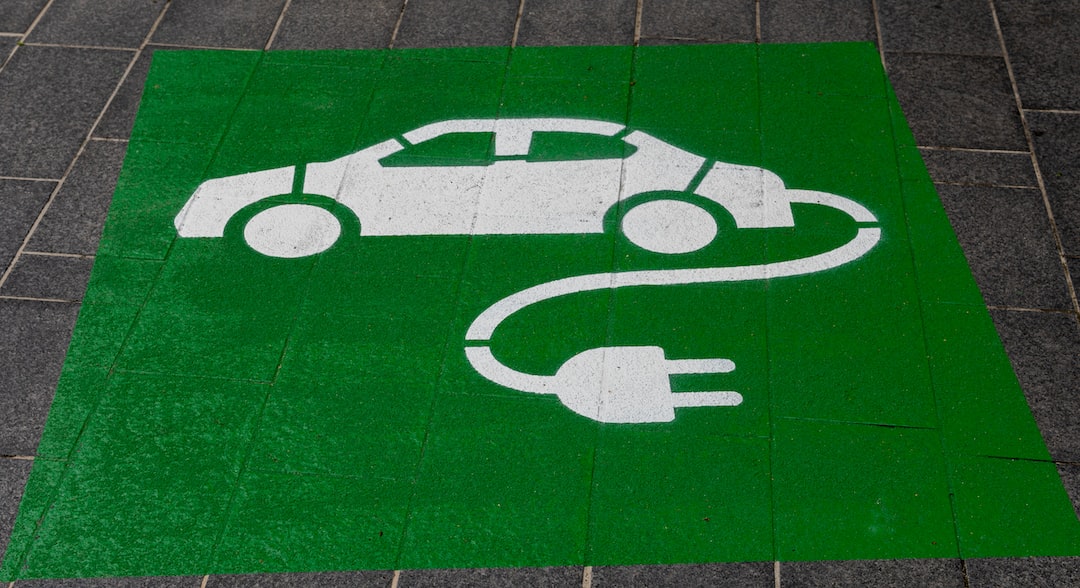WordPress 5.7 beta debuted on March 9th, 2021, and it came with some stellar features worthy of our attention. Since the beginning of the year, it is the first significant upgrade. In keeping with our traditions, we will dissect it apart, play around with the new features, and give our verdict. We ran the beta WordPress on some of our test websites, and below is our summarised report.
WordPress 5.7 has an improved Editor
WordPress Editor is an integral part of the CMS platform. Here is where you get to write content for the web pages that relay your message to your intended audience. WP 5.7 comes with some improvement on the Editor worth noting:
1. Adjustable Social Media Icon Sizes on WordPress 5.7
With WordPress 5.7, you can now change the size of social media icons.
2. Drag and Drop Blocks from Inserter
With WP 5.7, you can drag blocks from the inserter and drop them right into the content area. This ability enables you to quickly choose where to locate your block before dropping it on the post canvas.
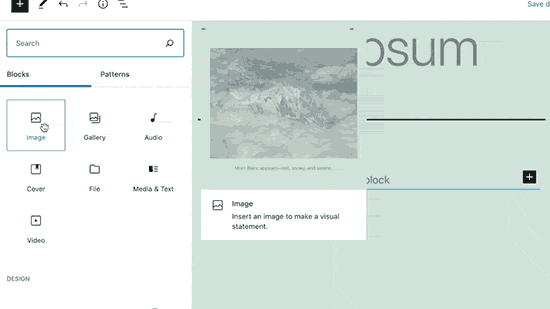
3. Different Description for the Different Blocks
With WP 5.7, you will be able to input different descriptions for the various blocks. Essentially, you can have one description for Facebook and a different one for Twitter under their social icons. You can also preview them in the block inspector.

4. Full-Height Blocks in WordPress 5.7
To create visually stunning covers, columns, and group blocks, most editors use full-width blocks. Well, with WP 5.7, you can also use the full-height blocks, which is great for content you want to fill the user’s screen’s height. The full-height block opens new avenues for you to let your creativity run wild in a bid to create more user engagement.
5. Adjustable Button Sizes
You can tweak the button size in the Block Editor by selecting a preset percentage for their width.
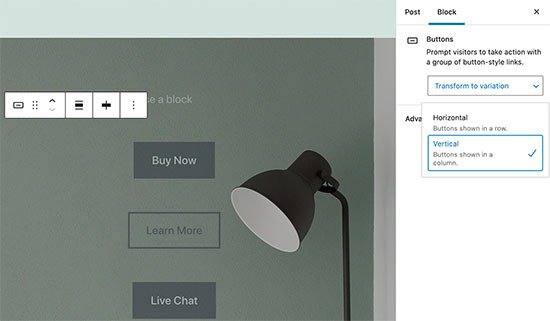
6. Uniform WP-Admin Color Palette
WordPress 5.7 has standardised the WP-admin colour palette.
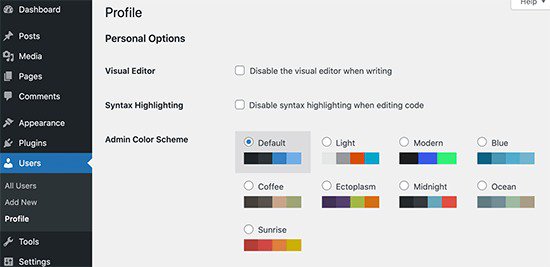
7. Adjustable Font Sizes
Another new thing to look forward to with WP 5.7 is the adjustable font sizes. You can adjust these not just in the general text in the editor but also the text in lists and code blocks.

8. Seamless HTTP to HTTPS Migration
Previously, you had to manually update your URLs if you migrated your WP from HTTP to HTTPS. Failure to do so resulted in issues of jungled-up content. WP 5.7 has fixed this problem and made HTTP to HTTPS migration flawless and seamless.
WP 5.7 shows the HTTP to HTTPS migration right from the ‘Site Health Status.’ It will be displayed as a critical issue that needs fixing, and at a click of a button, you will have the migration executed flawlessly.
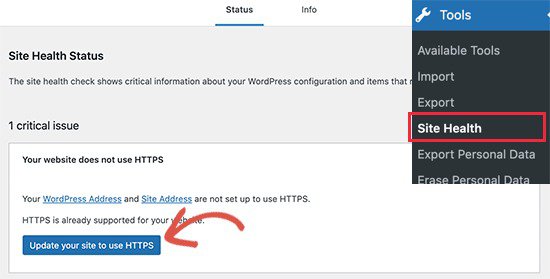
Once the migration has is done, the site and all URLs within it will use HTTPS. You will not have your posts mingled up and forced to do any corrections manually.
9. Robots API
Robots APIs have arrived with WordPress 5.7, allowing web developers to control and update the robots' meta tags through programming. For instance, you can program the robots’ meta tag (by adding a robots.txt file) to tell search engine crawlers whether or not (and how) to crawl and index the website.
WP 5.7 comes with a new function – wp_robots – that enables developers to add their meta tags to the filters function.
10. Lazy Loading iFrames
Since the release of WP 5.5, WordPress has been lazy loading images. However, WP 5.7 bumped that up to include lazy loading of iframe embeds, which only means sites will be loading faster. WP 5.7 will tell the browser to load just the items being viewed by the user hence quicker loading. As we advance, embedded iframes like YouTube videos will load faster.
Other WordPress 5.7 Improvements
Undoubtedly, developers will have some new tools to tweak and explore the limits of their website themes, plugins, and the general project. However, the above list is not exhaustive; hence below, we have listed a highlight of additional features lying deep beneath the surface.
- _post_status_viewable() and _post_publicly_viewable() which checks if a post can be viewed publicly. More details about that at the WordPress site.
- Thanks to the render block function, developers will now filter a singular block’s content.
- The get_post_parent() and has_post_parent() will be used to establish whether a post has a parent and to identify the parent post as an object.
- Web admins will be able to edit the $user_data variable during the retrieve_password () function. Enabling custom validation checks when a user does a password reset.
- The ‘Go to site’ link at the login page footer can be changed using the new login_site_html_link hook.
Like anything else in the beta phase, some of the features mentioned above could change or might never make it to the stable version. You, too, can have a test run of WordPress 5.7 beta by installing it on your computer today. Alternatively, you can use the staging environment through the WordPress Beta Tester plugin.
Feel free to reach out to us for any help on WordPress matters (WordPress 5.7 or earlier versions) that you might be currently battling. We come with a wealth of skills and experience in the stable version of WordPress, earlier version, and even the beta-testing versions. If you liked this article, be sure to bookmark our site to be updated on our future publications.











![WordPress 5.7 Top 10 Features [Screenshots Illustration]](https://managed-wp.com/wp-content/uploads/2022/06/WordPress5_7betadebutedonMarch9th2021_17650b0a9820f905c4eebd1018f51450_2000.jpeg)






